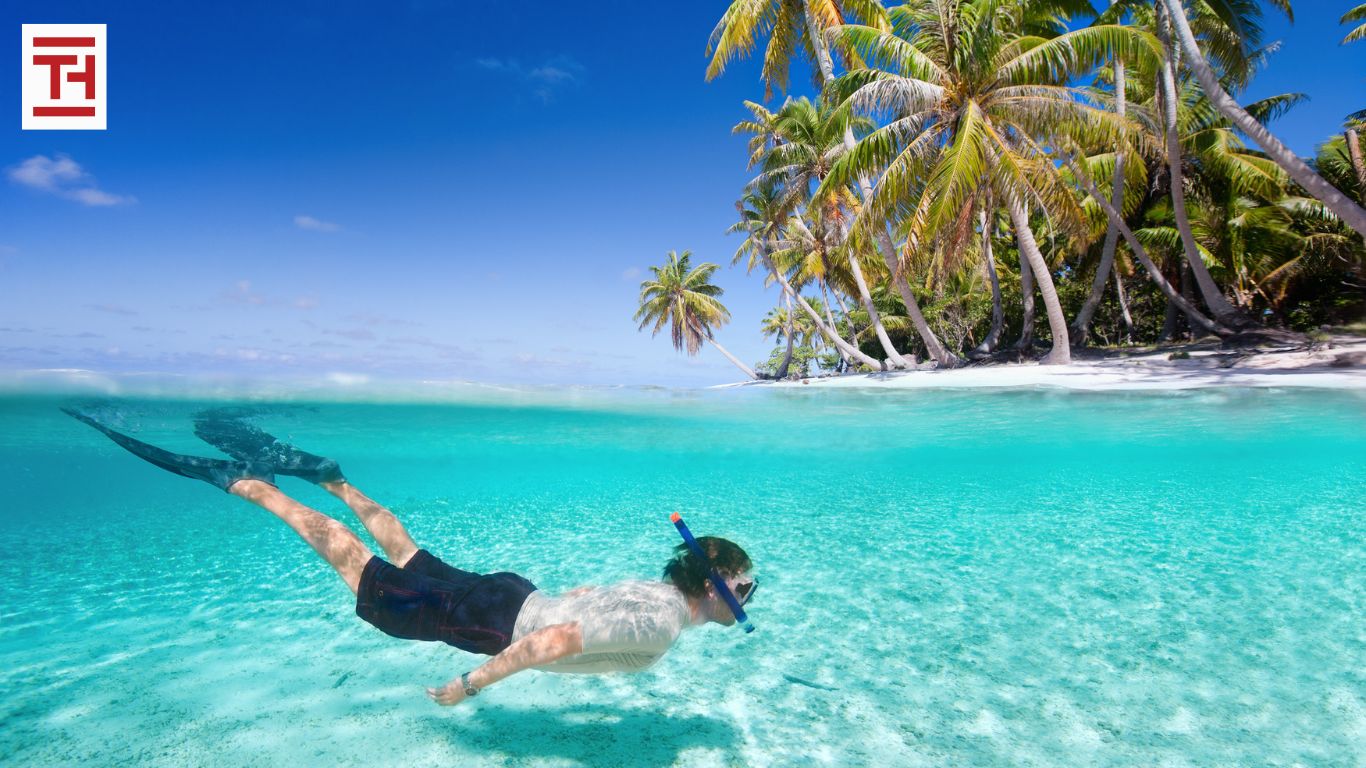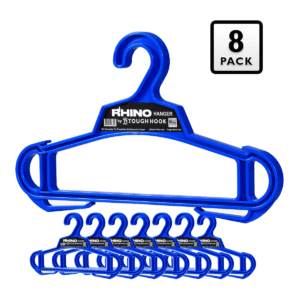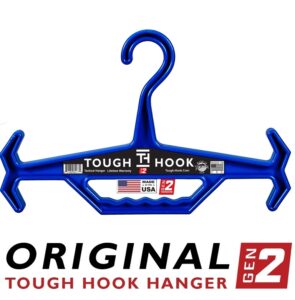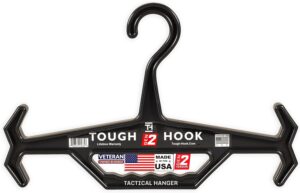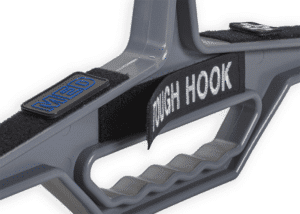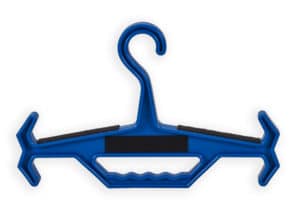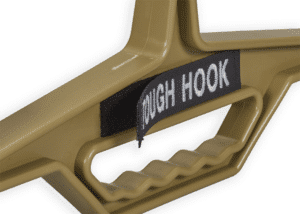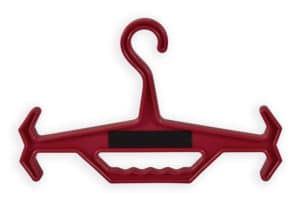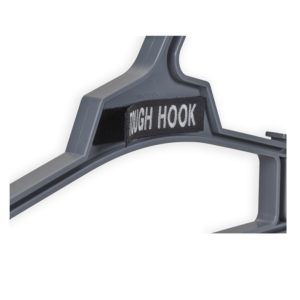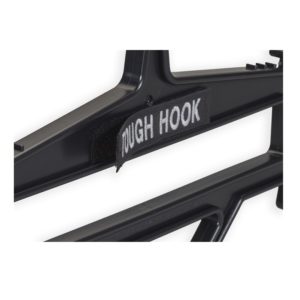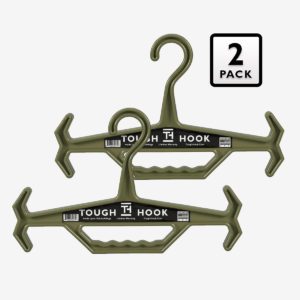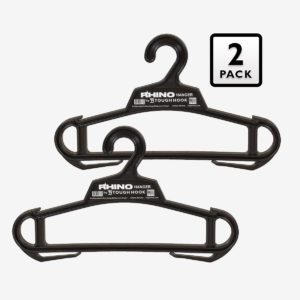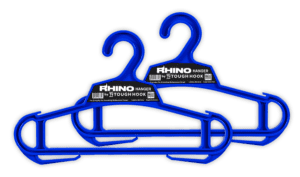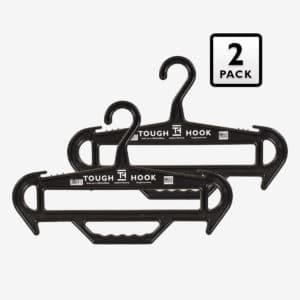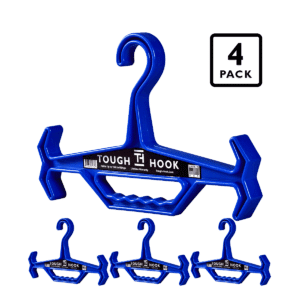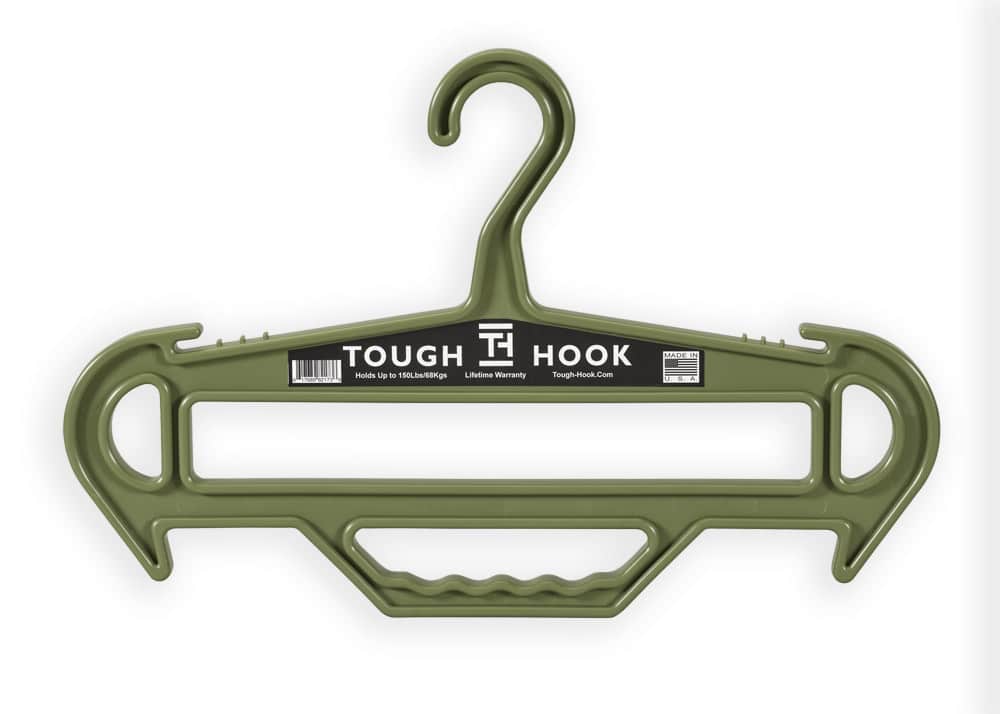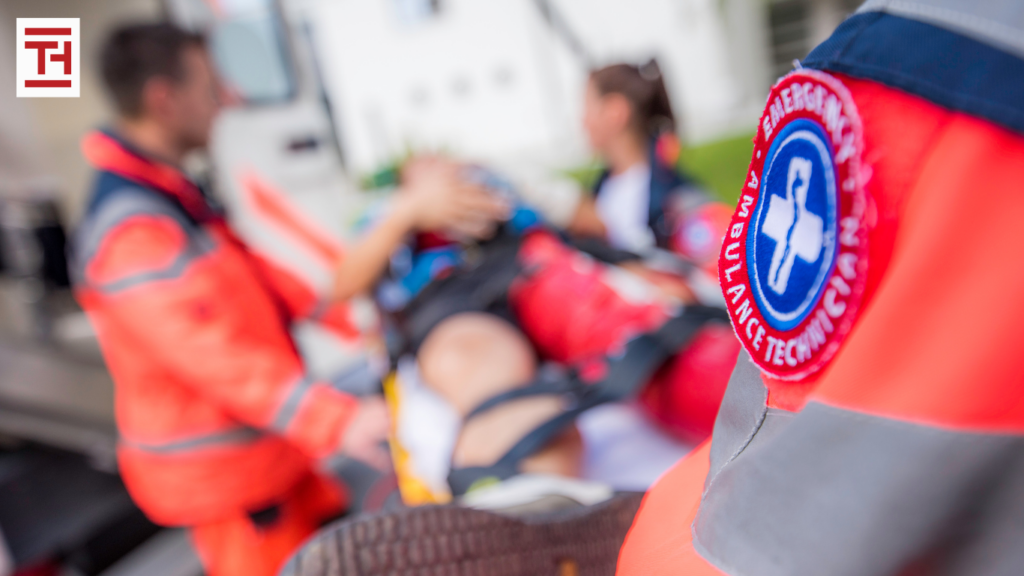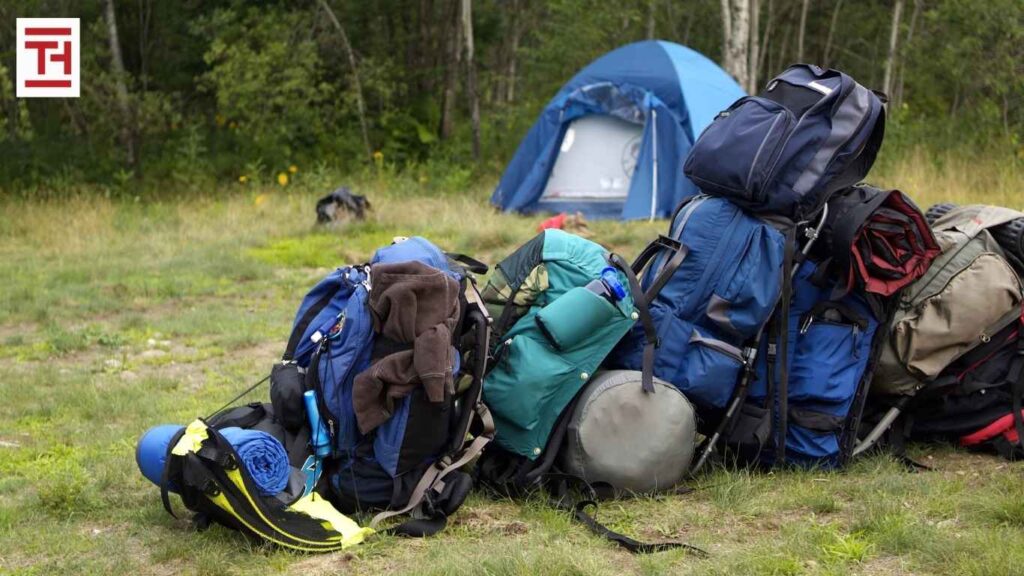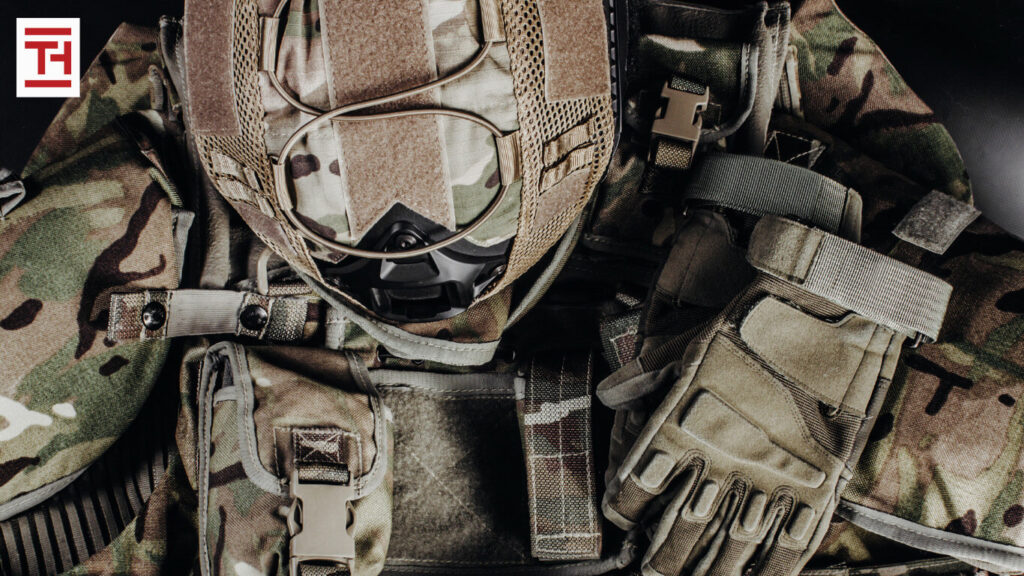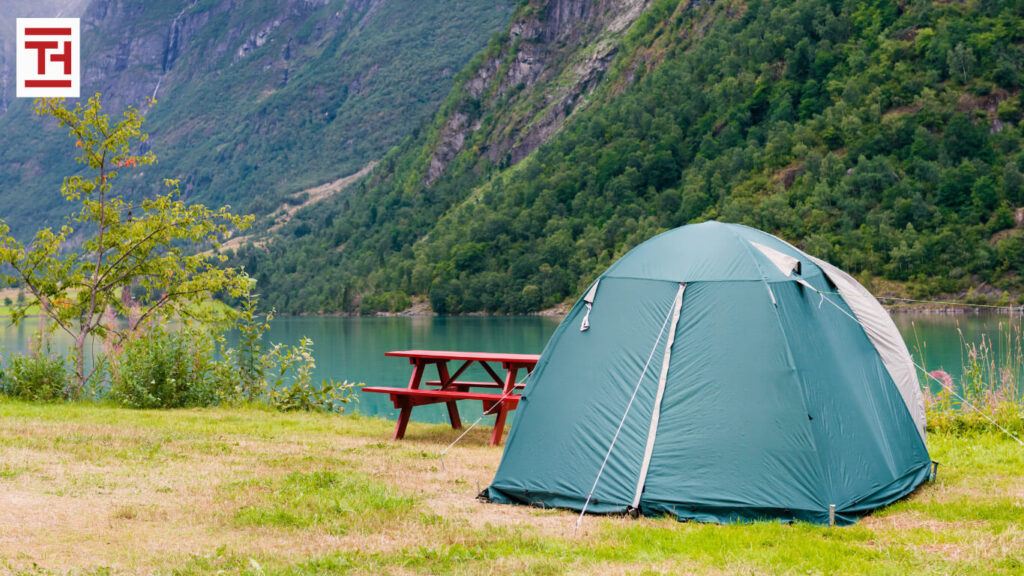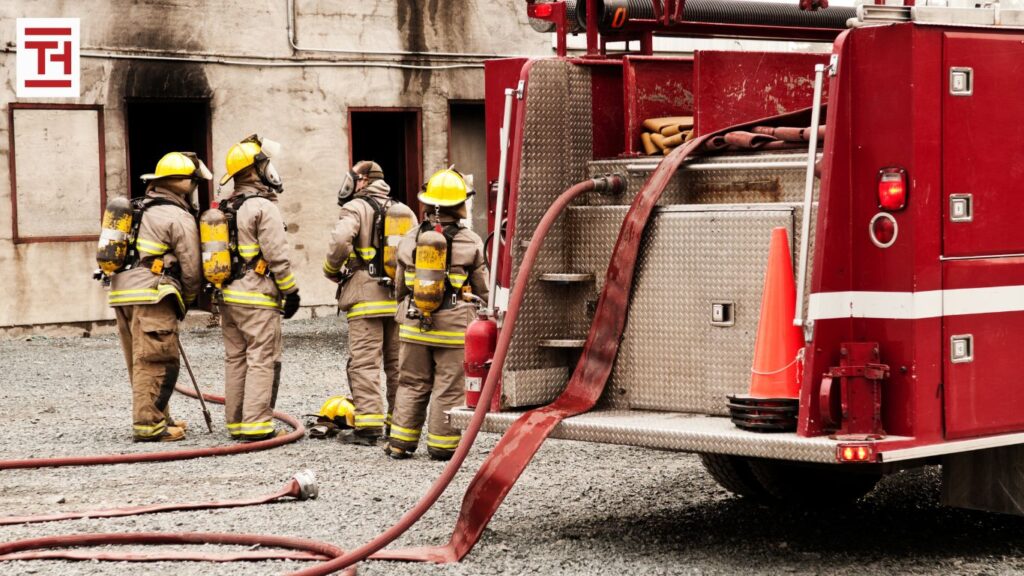Snorkeling and freediving offer incredible opportunities to explore the underwater world. However, like any specialized activity, these sports require well-maintained equipment. Proper storage is often overlooked, but it’s crucial for extending the lifespan of your gear and ensuring its performance. Neglecting proper storage can lead to premature wear, degradation, and even safety hazards. This article will guide you through essential storage tips to keep your snorkeling and freediving equipment in top condition, ensuring you’re ready for your next underwater adventure.
Rinsing and Cleaning: The First Line of Defense
Saltwater, sand, and chlorine are the primary culprits behind gear degradation. Before storing any piece of equipment, thorough rinsing is non-negotiable.
-
Mask and Snorkel:
-
Rinse both the mask and snorkel with fresh, clean water after each use.
-
Use a mild soap solution to remove any residual salt, sunscreen, or sand.
-
Pay close attention to the lens, skirt, and any valves on the snorkel.
-
Allow them to air dry completely in a shaded area, away from direct sunlight.
-
-
Fins:
-
Rinse fins thoroughly with fresh water, focusing on the foot pocket and blade.
-
Remove any sand or debris lodged in the crevices.
-
Dry them completely before storing to prevent mold and mildew growth.
-
-
Wetsuits and Rash Guards:
-
Rinse wetsuits and rash guards with fresh water, both inside and out.
-
Use a wetsuit shampoo or mild detergent to remove salt and organic matter.
-
Hang them to dry in a shaded area, avoiding direct sunlight, which can degrade the neoprene.
-
Ensure they are completely dry before folding or storing to prevent mold.
-

2 Pack RHINO Heavy Duty Clothes Hanger Bundle
Original price was: $25.95.$23.95Current price is: $23.95.Drying and Ventilation: Preventing Degradation
Moisture is a significant enemy of snorkeling and freediving gear. Proper drying and ventilation are essential to prevent mold, mildew, and material degradation.
-
Air Drying:
-
Always air dry equipment in a shaded, well-ventilated area.
-
Avoid using direct sunlight or heat sources, as these can damage materials.
-
Ensure all surfaces, including seams and crevices, are completely dry.
-
-
Ventilation:
-
Store equipment in a cool, dry place with good airflow.
-
Avoid storing gear in sealed plastic bags or containers, as these can trap moisture.
-
Using breathable storage bags or mesh bags is highly recommended.
-
Proper Storage Techniques: Maintaining Shape and Integrity
How you store your gear significantly impacts its longevity and performance.
-
Mask and Snorkel:
-
Store the mask in a protective case to prevent scratches and damage to the lens.
-
Avoid placing heavy objects on top of the mask.
-
Store the snorkel in a way that prevents it from being bent or crushed.
-
-
Fins:
-
Store fins flat or hanging to prevent bending or warping.
-
Avoid storing them in direct sunlight or extreme temperatures.
-
Consider using fin savers or protectors to maintain their shape.
-
-
Wetsuits and Rash Guards:
-
Hang wetsuits and rash guards on wide, sturdy hangers to prevent creases and folds.
-
Avoid using wire hangers, which can create pressure points and damage the material.
-
For long-term storage, consider folding them loosely and storing them in a breathable bag.
-
Tough Hook hangers are perfect for storing and drying wetsuits, rash guards, and fins. The heavy-duty design and wide shoulder support prevent damage and maintain the shape of your gear. They are built to handle the weight and demands of water sports equipment and are far superior to a wire hanger that will rust and damage your expensive gear.
-
-
Other Accessories:
-
Store dive knives and other metal accessories in a dry place to prevent rust.
-
Keep dive lights and electronics in a cool, dry place and ensure batteries are removed for long-term storage.
-
Store weight belts and other weighted accessories in a way that prevents them from being crushed or damaged.
-
Regular Inspection and Maintenance: Preventing Issues
Regular inspection and maintenance are crucial for identifying and addressing potential issues before they escalate.
-
Inspect for Damage:
-
Regularly inspect your gear for signs of wear, tears, or damage.
-
Pay close attention to seams, straps, buckles, and seals.
-
Replace any damaged components immediately to ensure safety and performance.
-
-
Lubrication and Care:
-
Lubricate zippers and moving parts with a silicone-based lubricant to prevent corrosion and ensure smooth operation.
-
Treat neoprene with a conditioner to prevent drying and cracking.
-
Regularly clean and disinfect your gear to prevent bacterial growth.
-
Temperature and Humidity Control: Optimizing Storage Conditions
Extreme temperatures and high humidity can significantly impact the lifespan of your equipment.
-
Avoid Extreme Temperatures:
-
Store gear in a cool, dry place away from direct sunlight and heat sources.
-
Avoid storing gear in hot cars or attics.
-
Maintain a consistent temperature to prevent material degradation.
-
-
Control Humidity:
-
Use dehumidifiers or desiccants to control humidity in storage areas.
-
Ensure adequate ventilation to prevent moisture buildup.
-
Avoid storing gear in damp or humid environments.
-
By adhering to these storage tips, you can significantly extend the lifespan of your snorkeling and freediving equipment, ensuring it remains in optimal condition for countless underwater adventures. Remember that proper care and maintenance are investments in your safety and enjoyment. Investing in quality storage solutions, like the durable hangers from Tough Hook, will give you peace of mind that your gear is stored correctly.

